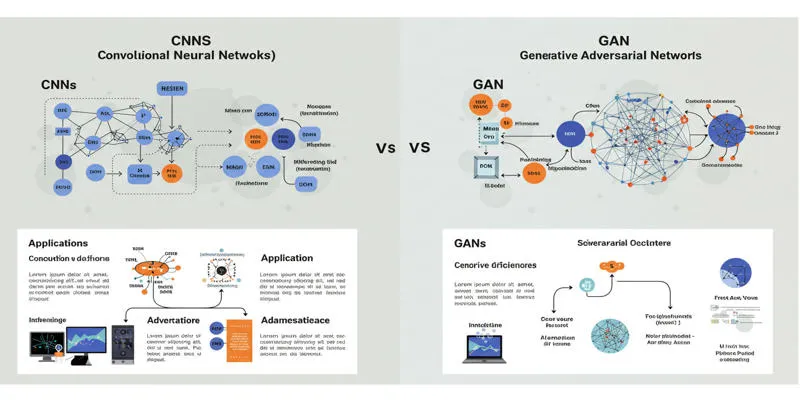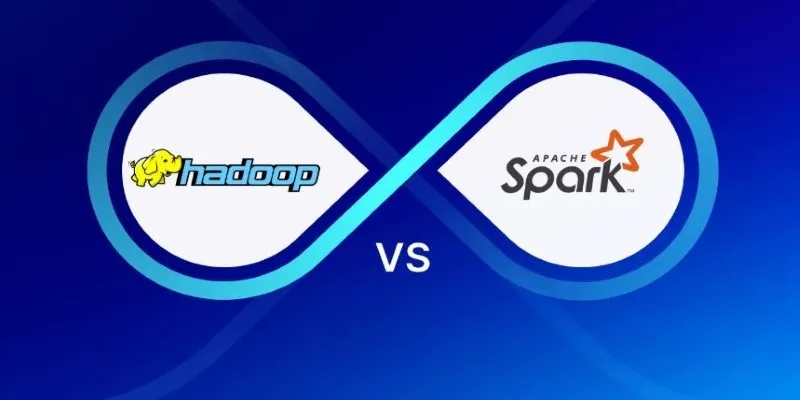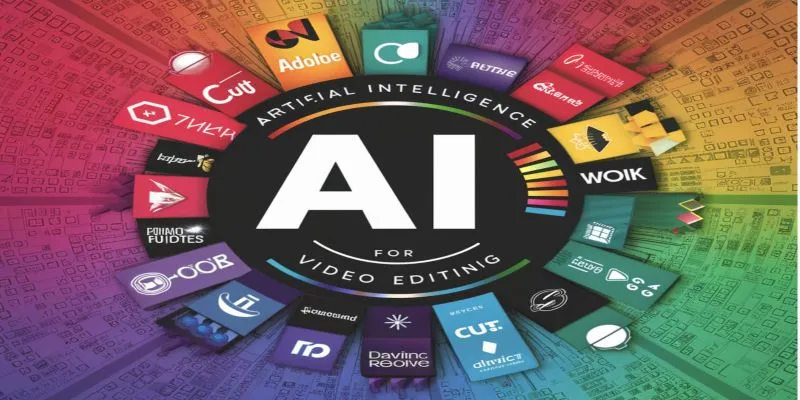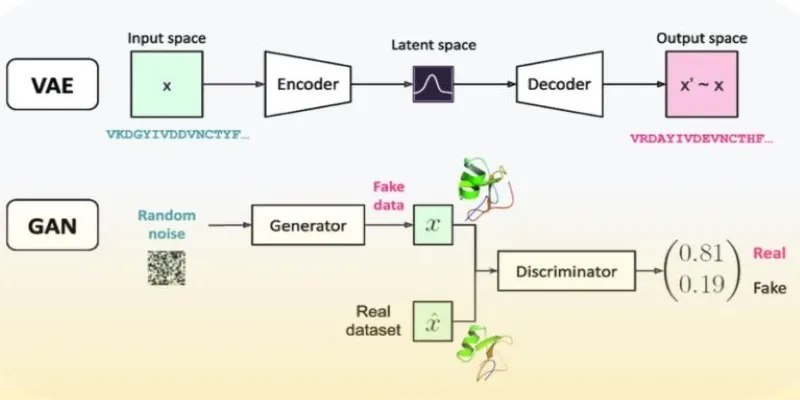Building smart machines requires more than just data; it involves selecting the right tools to transform that data into valuable insights. In artificial intelligence, TensorFlow and PyTorch are two prominent frameworks that dominate discussions. Both have revolutionized how developers create intelligent systems, yet they originate from distinct philosophies. For newcomers to machine learning, choosing between them can be daunting. It’s not about which is superior overall—it’s about which aligns best with your objectives. This article simplifies the comparison between TensorFlow and PyTorch, highlighting key differences that matter.
Design Philosophy and User Experience
The fundamental difference between TensorFlow and PyTorch lies in their design philosophies. Google developed TensorFlow in 2015 with a focus on production, utilizing a static computation graph approach. This requires planning and designing the entire machine-learning model structure before execution, optimizing performance, and efficiently scaling up models. However, this static nature can feel restrictive to developers in the initial stages of building and testing ideas.
In contrast, Facebook introduced PyTorch in 2016, opting for a dynamic computation graph or eager execution. This approach allows for step-by-step model writing and adjustments during runtime, resembling standard Python coding. PyTorch’s flexibility makes it highly popular for research, experimentation, and learning, especially for beginners seeking instant feedback while building models.
Though TensorFlow later adopted eager execution, both tools retain their original strengths. PyTorch is celebrated for its flexible, developer-friendly environment, while TensorFlow is favored for its power, speed, and capability to manage complex production systems seamlessly.
Performance and Deployment
In terms of performance, TensorFlow and PyTorch are closely matched but excel in different domains. TensorFlow was designed with deployment in mind, offering TensorFlow Serving, TensorFlow Lite for mobile devices, and TensorFlow.js for web applications. This ecosystem facilitates seamless transitions from testing to production without tool changes.

PyTorch has significantly advanced in deployment with TorchServe and ONNX (Open Neural Network Exchange) support, enabling PyTorch models to be converted to formats used by other frameworks, including TensorFlow. However, TensorFlow still boasts a more mature ecosystem for deploying models across platforms like mobile, edge devices, and browsers.
Both frameworks offer speed optimization tools—TensorFlow with TensorRT and PyTorch with TorchScript—to enhance machine-learning model runtime. Performance differences largely depend on the specific task or hardware. While TensorFlow might offer superior tools for scaling large projects, PyTorch enables faster development cycles for research and model building.
Community Support and Ecosystem
Community support is crucial for the success of any open-source framework. TensorFlow, being older, has established a vast ecosystem of tools, tutorials, and support materials, widely adopted in enterprise environments and supported by Google Cloud. Many tutorials, online courses, and industry-level projects incorporate TensorFlow.
Conversely, PyTorch has rapidly gained popularity in the research community, favored for its simplicity and flexibility. Supported by Facebook (now Meta), PyTorch is also attracting attention in commercial applications.
Recently, PyTorch has narrowed the ecosystem support gap with libraries for computer vision (TorchVision), natural language processing (TorchText), and other tools, making it highly competitive. TensorFlow offers a broader set of official tools like TensorFlow Extended (TFX) for machine learning pipelines and TensorBoard for visualizing model metrics.
In terms of community engagement, PyTorch is known for its active, developer-friendly approach, while TensorFlow remains strong with more enterprise-ready solutions. Both frameworks integrate well with cloud services, with TensorFlow tightly integrated with Google’s services and PyTorch functioning smoothly with AWS, Azure, and other platforms.
Learning Curve and Use Case Suitability
Understanding the learning curve is vital when comparing TensorFlow vs. PyTorch. PyTorch is often considered easier to learn due to its Pythonic syntax, behaving like regular Python code, making it more intuitive for developers new to machine learning.

TensorFlow has made strides in improving usability, especially with TensorFlow 2.0, which simplified many framework aspects. However, beginners may still find TensorFlow slightly challenging, particularly when tackling advanced topics like custom layers or complex data pipelines.
Regarding use case suitability, PyTorch excels in research, education, and projects requiring rapid experimentation. Its dynamic nature is ideal for developing new machine-learning algorithms and testing various ideas swiftly. TensorFlow is the preferred choice for projects needing stable, scalable, and production-ready solutions. Large organizations favor TensorFlow for its robust support in deployment, model serving, and mobile applications.
The choice between TensorFlow and PyTorch often hinges on the project type. For academic research or proof-of-concept work, PyTorch offers a quicker, more flexible approach. For building and deploying large-scale applications across various platforms, TensorFlow provides a comprehensive toolset.
Conclusion
TensorFlow and PyTorch offer developers two powerful frameworks for building machine-learning models, each with strengths based on design, performance, and usability. TensorFlow excels in production-ready solutions, scalability, and multi-platform deployment. PyTorch is renowned for its simplicity, flexibility, and ease of learning, making it ideal for research and rapid development. The choice between them depends on project goals and experience level. Both frameworks are reliable, widely supported, and continue to evolve, helping developers make informed decisions and create better AI solutions tailored to their specific needs and environments.
 zfn9
zfn9
















